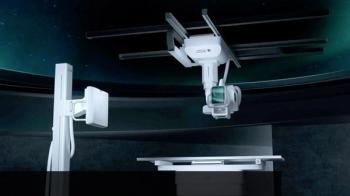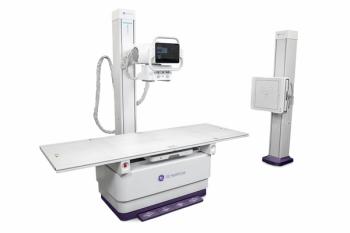
Digital radiography wins over emergency room in U.K. setting
A maneuverable digital radiography system has been selected over a computed radiography system by the emergency room at a U.K. facility. Steven McDonald, director of radiology in the emergency room at Royal Liverpool Hospital gave the rationale and implications for this decision in a poster presentation at RSNA 2009.
A maneuverable digital radiography system has been selected over a computed radiography system by the emergency room at a U.K. facility. Steven McDonald, director of radiology in the emergency room at Royal Liverpool Hospital gave the rationale and implications for this decision in a poster presentation at RSNA 2009.
“When we started, we had just come to a CR solution,” McDonald said.
One of the hurdles to overcome was that DR is sometimes viewed as not flexible enough for the emergency room and is not to obtain the same images one could image with a CR plate.
To discover if flexibility was possible with DR, McDonald’s team visited a group in Charleston, SC, which made DR in the ER look smooth.
“Patients came in quietly; no one was breaking into a sweat. We were impressed that it was not only a DR system,” McDonald said. “but it also had the capabilities to do what a CR cassette could do in terms of flexibility.”
In this DR system, a laser line properly orients the limb and the scanner’s flexible head.
This maneuverability made it the definitive choice for the ER team at the Royal Liverpool and Broad Green Hospital. This DR system has been used in the city trauma center for the last 18 months with impressive time-saving results.
The adoption of DR led to a two-minute per-patient time savings over CR. The savings comes because DR does not have to use the cassette, and, if a change is needed, retakes can be obtained much more quickly with the DR system.
Finally, McDonald said that the patients are really in tune with the DR. Patients who had been visiting for three years saw big changes from CR to DR. Now, patients wait only a short time before their image is taken, and leave promptly.
Said one patient, “It’s like Star Wars.”
Newsletter
Stay at the forefront of radiology with the Diagnostic Imaging newsletter, delivering the latest news, clinical insights, and imaging advancements for today’s radiologists.




























